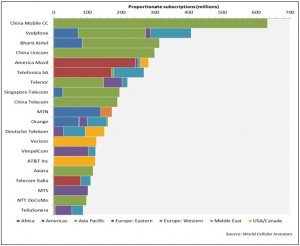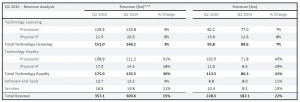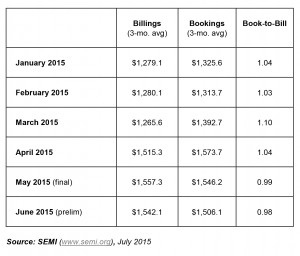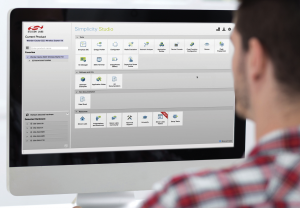The 2015 RoboCup Final has been won by a team from the University of New South Wales.
It was the 19th RoboCup and took place in Hefei City in East China. The first RoboCup was held in 1997 in Japan.
The robots for this event in the RoboCup are standard with every team using the same robots. The competing teams programme the robots.
In the final, the Australians beat a German team 3-1.
Sean Harris, a member of the winning team, attributed their success to greater speed.
“Everyone has the same robots, so it’s all about how you program them and the intelligence,” explained Harris, “but we are fast. We have a really fast walk. So we are fast, we get to the ball first. And we can play in the direction we want to. So that’s really advantageous to us to be fast and that’s what wins us most of the games.”







